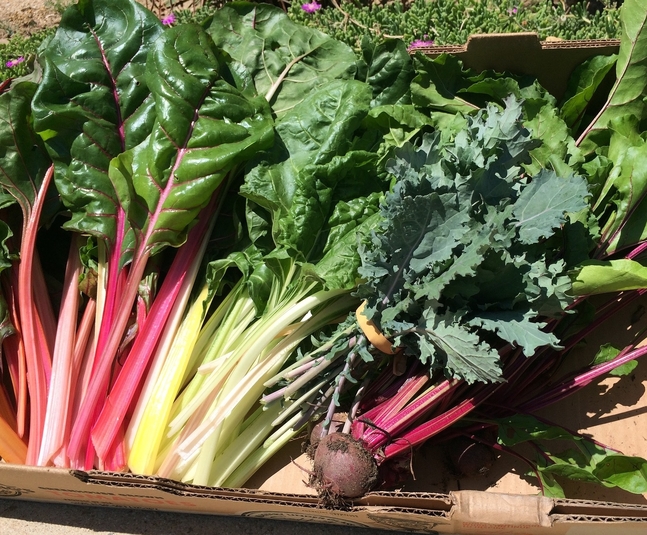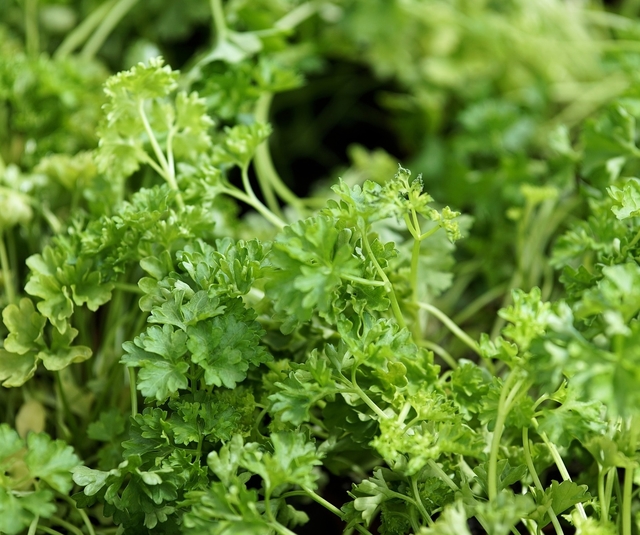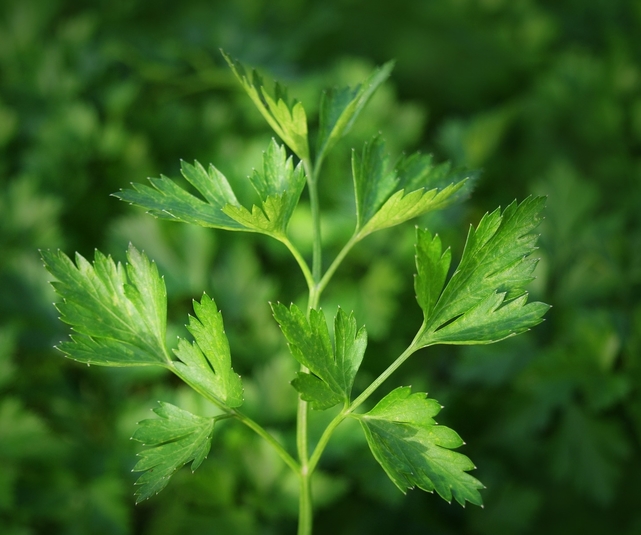
Swiss Chard
aka Spinach Beet, Leaf Beet
Annual, Perennial in warmer climates.
Height: 1-3' Width: Up to 2'
Swiss Chard is both edible and beautiful as an ornamental plant. It has colorful stems and bright green leaves making it as glamorous as it is nutritious. It is high in vitamins A and C and a good source of calcium. Swiss Chard will keep growing long after other greens have bolted.
Types:
Reddish, creamy white or colorful stalks, all of which taste mostly the same.
Starting Seeds of Swiss Chard
Seed Depth: 1/2" to 3/4" deep.Seed Spacing: 4", or thin seedlings later to 4" apart.
Germination Temp: 50+ degrees. Optimum 85 degrees.
Days to Germinate: 5-7 days.
Days to Harvest: 40 - 60 days, depending on the variety.
Seed Longevity: 4 years.
Sowing Indoors:
Spring: Sow 2 weeks before your average last frost date. Plant outside after threat of frost has passed.
Sowing Outdoors:
Spring: Direct Sow outdoors after the last frost date.
Fall: Direct Sow 10 weeks before the average first frost date.

Winter Sowing
If you haven't tried winter sowing, you're in for a treat. This method is especially good for sowing herbs and greens. Winter sowing is basically sowing seeds in the bottom of a milk jug during the winter, setting the milk jugs outside for the winter and leaving them there until the seeds germinate in Spring.See our Winter Sowing article on our website for detailed information.
Growing Swiss Chard Plants
Growing Temperature: Tolerates both cool weather and heat.
Tolerates light frosts in the spring and fall.
Plant Spacing: 5" to harvest often. Mature plants 12".
Container Size: 12" deep, 12" wide. 3 in a 14" wide pot.
Sun/Shade: Prefers sun, but will tolerate shade.
Soil: Rich, fertile. Amend with some compost.
Watering: Consistent moisture for best flavor.
Fertilizing
Since greens are such a fast-growing crop, as long as they are grown in rich soil there may be little need for further fertilization. That said, a liquid balanced fertilizer when the seedlings are 4" tall will give your greens a boost and carry them through their short season. After the temperatures warm, though, the leaves of Swiss Chard will turn bitter and no amount of fertilizer will help at that point.Harvesting Swiss Chard
Harvest anytime leaves are big enough to eat, usually at 6".
Cut stalks from the outside of the plant, leaving the heart which will continue to grow. Overgrown chard will lose flavor.

Using Swiss Chard
- Use young raw leaves in salads.
- Large leaves can be cooked down like Spinach to use in casseroles, soups, and pasta.
Storing Swiss Chard For Later Use
Although tender green-leafed plants, like lettuce, cannot be preserved well, the thicker green-leafed plants can be.Fresh
- Clean and pat dry. Bundle stems lightly, place on a paper towel (to absorb moisture) and wrap in a plastic bag. Keeps in refrigerator for 10 days.
Freezing for Later Use in Chilis, Soups, Sauces, and Casseroles.
- Steam or saute' leaves, chop them and store in freezer bags.
- Puree with water and freeze into ice cube trays.
- Clean and dry the leaves and store in quart size freezer bags.
- Frozen leaves will keep for 6 months.
- Blanching the leaves first will extend freezer storage to 14 months.
This post may contain Amazon affiliate links and as an Amazon Associate I earn from qualifying purchases without costing you anything extra.








































